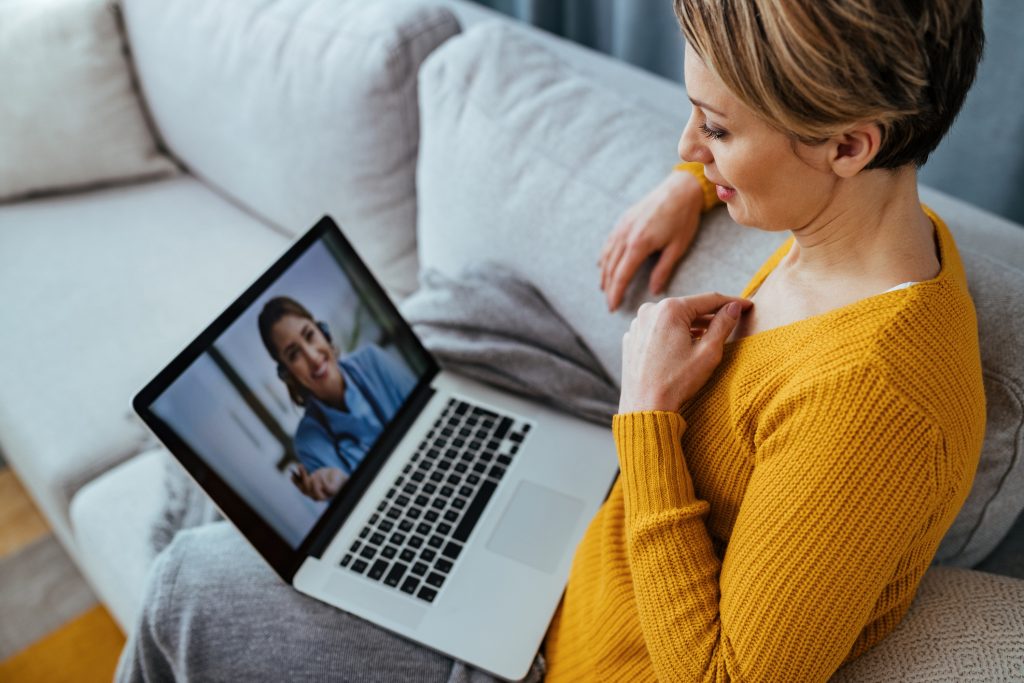How COVID-19 is normalizing telehealth

At one point not too long ago, telehealth was new and innovative – and rarely used. With the COVID-19 pandemic, telehealth has become the preferred method of healthcare among many physicians and their patients. Since primary care practices are reducing their office hours or closing altogether during the outbreak, patients are often only able to connect with them virtually. COVID-19 is normalizing the use of telehealth for the foreseeable future.
The U.S. Department of Health and Human Services (HHS) defines telehealth as the use of electronic information and telecommunications technologies to support and promote long-distance clinical health care, patient and professional health-related education, and public health and health administration. Technologies include
- Videoconferencing
- The internet
- Store-and-forward imaging
- Streaming media
- Landline and wireless communications.
Although primary care physicians have, for the most part, rescheduled routine visits with their patients, they are using telehealth for virtual visits with patients who have illnesses or injuries that cannot be postponed. Previous concerns about privacy and HIPAA regulations have been alleviated by relaxed restrictions and enhanced technology.
The DHHS Office for Civil Rights (OCR) expects health care providers will ordinarily conduct telehealth in private settings, such as a doctor in a clinic or office connecting to a patient who is at home or at another clinic. Providers should always use private locations and patients should not receive telehealth services in public or semi-public settings, absent patient consent or exigent circumstances. If telehealth cannot be provided in a private setting, covered health care providers should continue to implement reasonable HIPAA safeguards to limit incidental uses or disclosures of protected health information (PHI). Such reasonable precautions could include:
- Using lowered voices
- Not using speakerphone
- Recommending that the patient move to a reasonable distance from others when discussing PHI.
Learn more about transitioning your primary care practice to telehealth.
Primary care physicians are finding additional benefits to using telehealth for patient visits. Bob Kocher, MD, a senior fellow at the USC Schaeffer Center, recently wrote that “with virtual visits, doctors can check in with sicker patients more often and can learn more about them by seeing their living environments through video.” Providers can check on the patient’s housing conditions, as well as whether they have pets that may affect their medical condition. They can also see whether patients have the proper food and social support, factors they cannot always learn about in an office visit.
Dr. Kocher adds that it’s “easier to provide more thorough and comprehensive care through telemedicine. It is better for patients to have their doctors coordinate care, and far easier to do it together with the patients in real time.” Telehealth visits enable collaboration through group chats that reduce much of the time and information that “is lost between visits from primary care doctors to specialists.”
The COVID-19 pandemic has been challenging for everyone and especially for those who need healthcare from their primary care physicians that is not related to the coronavirus. As Dr. Kocher emphasizes, though, “One silver lining is that virtual care will become a much integral part of healthcare for all us, and this will lead to better care and more accessible care.”






